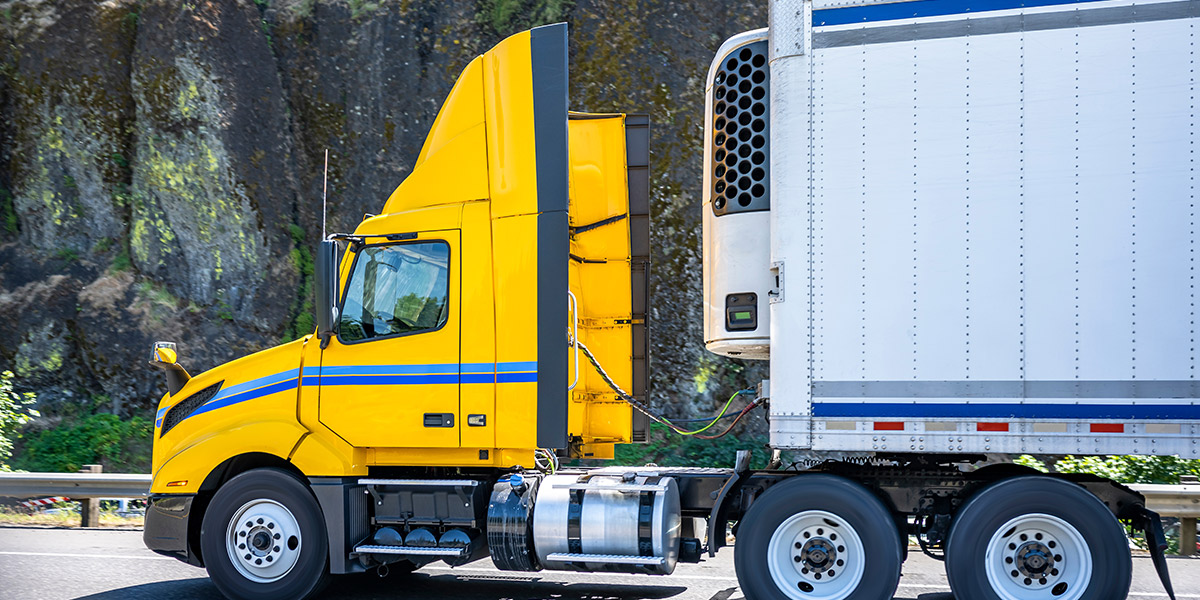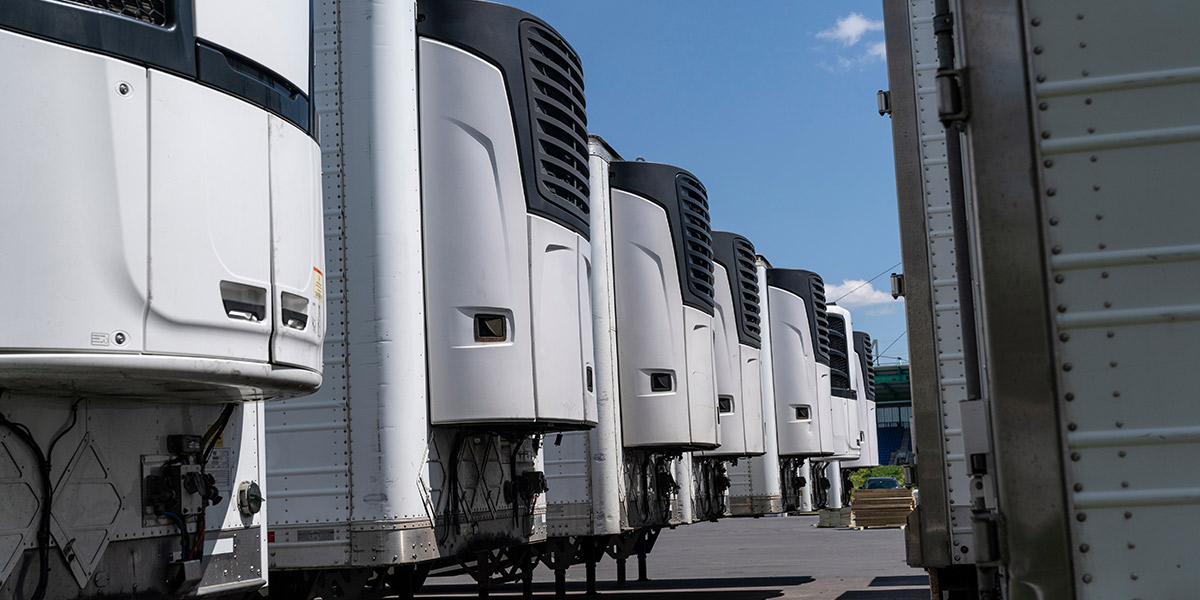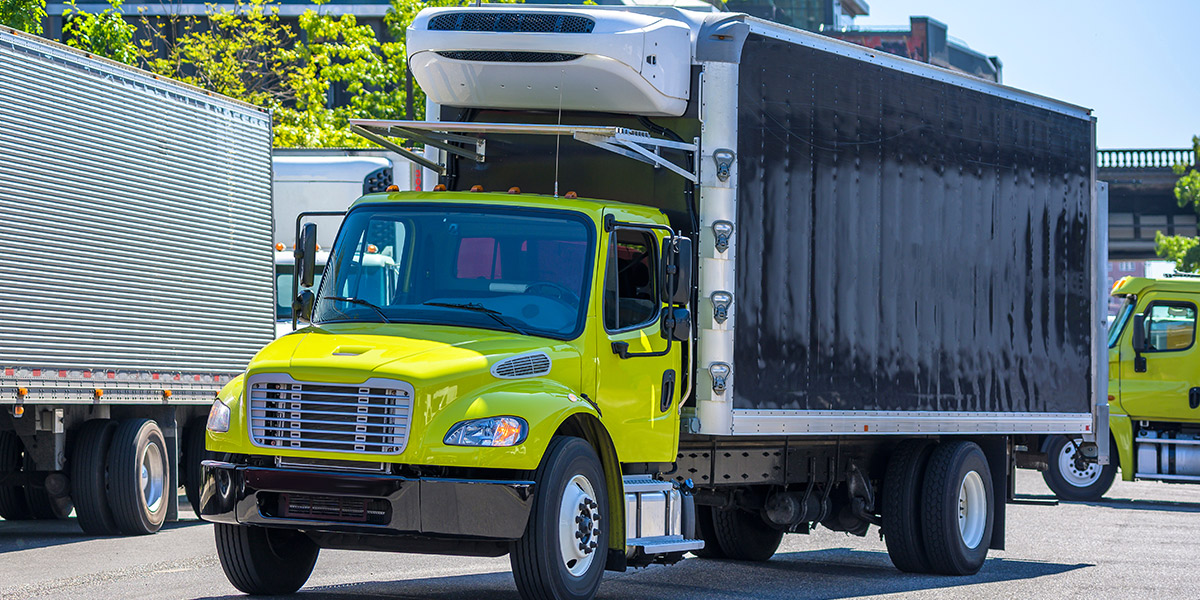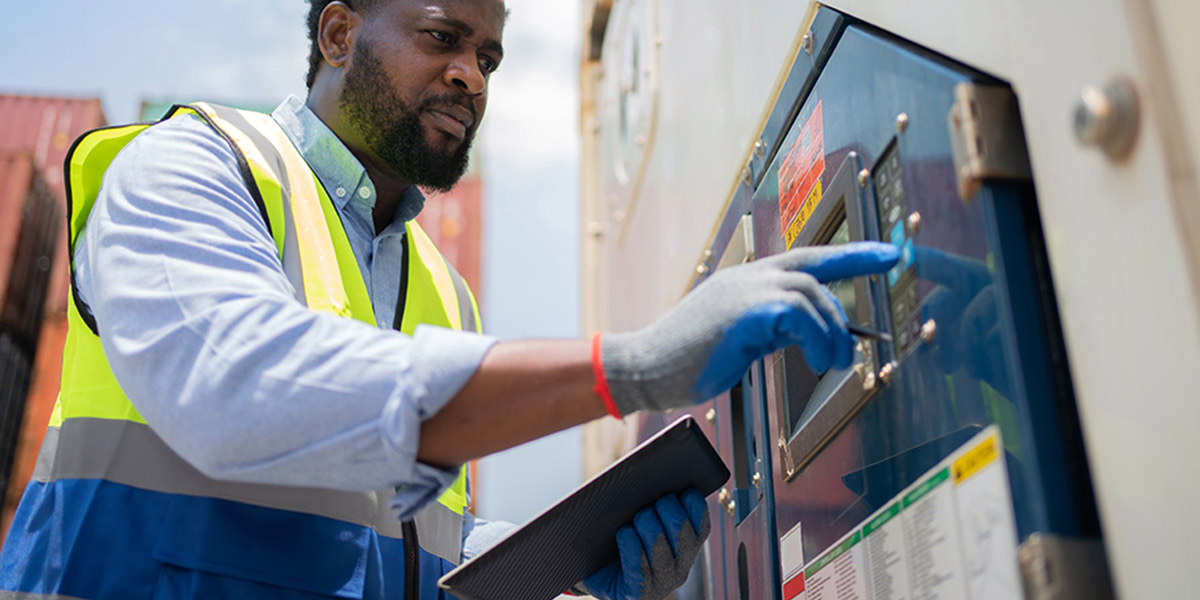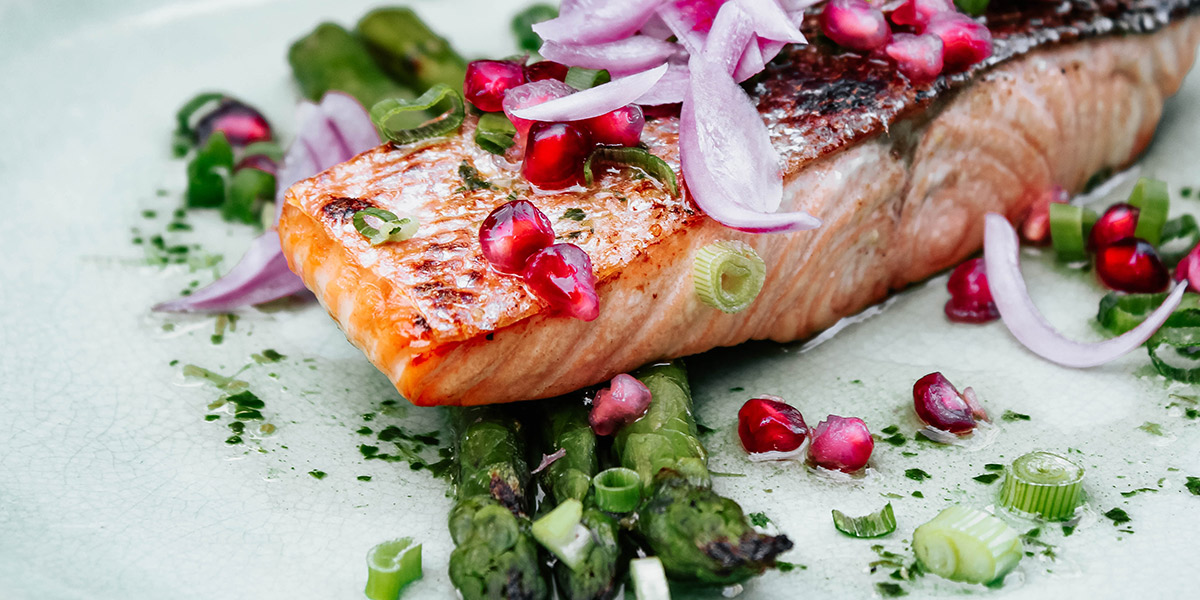Rising temperatures make monitoring temperatures a critical necessity
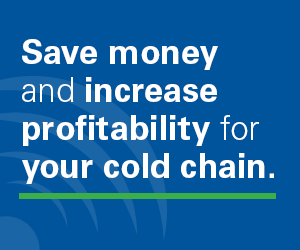
The summer of 2023 is one for the record books. Four consecutive days this summer brought the hottest days ever recorded, and July will go down as the all-time hottest month. Ocean temperatures in the Atlantic and elsewhere have also jumped to unprecedented highs, offering no respite from the heat of this long, hot summer.
What’s worse, climate change – and the severe weather resulting from it – promises to make summers like this one the norm.
When it comes to the perishable food we eat, transport, and sell, thank goodness we have the technology to keep it safe, even when outside temperatures reach dangerous levels.
But, of course, having the technology available and using it effectively are different things. If the summer heat – and the prospect of more on the way – has you concerned – and it should – you need to take steps to be confident the food you are entrusted with getting to consumers is safe.
Here are four things you can do to ensure food safety and compliance – and protect your business.
- Confirm equipment is operating properly
Extreme heat can overtax and compromise the performance of refrigeration and freezer units. The results can be higher fuel costs, as well as expensive equipment failures or malfunctions that can undermine your best efforts to keep food safe.
Monitoring equipment performance and condition during heatwaves is critical to making sure everything is working properly and to keep up with needed repairs and preventative maintenance. Continuously capturing food and ambient temperatures is the best way to keep tabs on your reefers, cold rooms, and other equipment.
- Build a temperature monitoring safety net
With the availability of low-cost sensors that can be quickly installed in any environment – the equivalent of temperature monitoring safety net – protecting and preserving food is easier and more cost-effective than ever. Plus, the ability to connect these sensors into a powerful telematics platform allows you to simultaneously monitor temperatures across all the environments in the cold chain.
A temperature monitoring safety net removes the guesswork from keeping food safe and sellable. The alternative – not knowing with certainty that feed is always kept at a the right temperature – is a risk that most businesses – including yours – simply can’t afford.
- Apply data to improve food safety
Data is powerful, but only if it’s applied to manage operations, improve efficiency, and make better business decisions. This is especially true of temperature data.
In addition to collecting data, you need to intelligently use it to benefit your business. This includes employing data to help close holes in your food safety net, control fuel costs, and monitor equipment status and performance.
- Evaluate your practices and processes
The human element is critically important to keeping food safe. Temperature monitoring technology can identify people-related trouble spots in the cold chain, including instances of decisions or behavior that can create risk.
Identifying trouble spots is, of course, just the beginning. What matters most is how you address them, whether it’s through training, ongoing communication to employees about their role in maintaining food safety or changing unsafe practices or procedures.
Keep your cool
This summer’s sweltering heat should serve as a not-so-subtle reminder of the importance of properly applying technology to keep food at safe temperatures and remain FSMA compliant.
When temperatures rise, the best thing to do is keep your cool and do the right things to ensure food safety.
To explore how your company can realize cost savings and maximize returns on its temperature monitoring investment, check out this useful ROI calculator.

